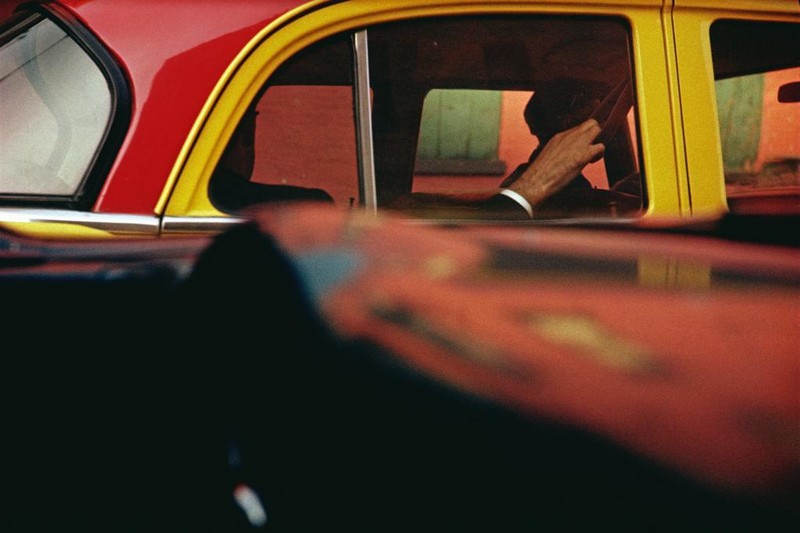Saul Leiter
22 Jan - 03 Apr 2016
SAUL LEITER
22 January - 3 April 2016
A Prolific New York Photographer Comes Back Into Focus New York Times
It seems remarkable that Saul Leiter (1923-2013) is only just beginning to acquire significant mainstream recognition for his pioneering role in the emergence of colour photography.
He moved to New York intent on becoming a painter, which he continued in parallel with his photography, yet ended up working for magazines such as Harper's Bazaar, Elle and British Vogue and became known for his fashion work.
As early as 1946, and thus two decades before the 1970s new colour photography school (William Eggleston, Stephen Shore et al), Leiter was using Kodachrome colour slide film for his free artistic shots, despite it being despised by artists of the day. Instinctively for him, colour was the picture.
"I don't have a philosophy, I have a camera." Saul Leiter
An iconoclast who pursued his vision through signature framing devices, bold hues and relective surfaces, Leiter manages to transform seemingly ordinary street scenes in close proximity to his New York apartment into visual poetry.
22 January - 3 April 2016
A Prolific New York Photographer Comes Back Into Focus New York Times
It seems remarkable that Saul Leiter (1923-2013) is only just beginning to acquire significant mainstream recognition for his pioneering role in the emergence of colour photography.
He moved to New York intent on becoming a painter, which he continued in parallel with his photography, yet ended up working for magazines such as Harper's Bazaar, Elle and British Vogue and became known for his fashion work.
As early as 1946, and thus two decades before the 1970s new colour photography school (William Eggleston, Stephen Shore et al), Leiter was using Kodachrome colour slide film for his free artistic shots, despite it being despised by artists of the day. Instinctively for him, colour was the picture.
"I don't have a philosophy, I have a camera." Saul Leiter
An iconoclast who pursued his vision through signature framing devices, bold hues and relective surfaces, Leiter manages to transform seemingly ordinary street scenes in close proximity to his New York apartment into visual poetry.

